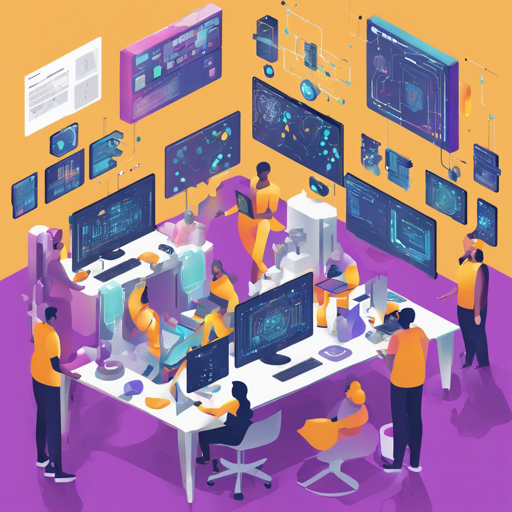If you’re looking to create a platform for sharing and collaborating on AI diffusion models, you’ve come to the right place! This guide will walk you through the essential steps needed to get your own project up and running. So, let’s dive in!
Table of Content
About the Project
This project aims to foster a collaborative environment where users can upload and share their stable diffusion models, including textual inversions, hypernetworks, aesthetic gradients, and more. By creating an account, users can upload their models, explore others’ designs, and provide feedback to enhance collective knowledge.
Tech Stack
We’ve designed this platform using a suite of modern web technologies:
- DB: Prisma + Postgres
- API: tRPC
- Front-end + Back-end: Next.js
- UI Kit: Mantine
- Storage: Cloudflare
Getting Started
Follow these simple steps to get a local copy up and running:
Prerequisites
You need to have the following installed:
- Node.js (version 18 or later)
- Docker (for running the database)
To easily manage Node versions, consider installing nvm.
To install nvm, run:
sh curl -o- https://raw.githubusercontent.com/nvm-sh/nvm/v0.39.2/install.sh | bashInstallation
- Clone the repository to your local machine.
- Run npm install in the project directory to install necessary dependencies.
- Spin up required services with docker-compose up -d
- Note: This starts PostgreSQL, Redis, Maildev, and MinIO.
- Create a .env file by copying the contents from .env-example.
- Modify the .env file:
- Set S3 upload keys from MinIO’s web interface.
- Set WEBHOOK_TOKEN to any string.
- Comment out/remove various ClickHouse parameters.
- Add strings for email properties and set local URLs as needed.
- Run npm run db:migrate to migrate the database.
- Run npm run db:generate to generate the Prisma client.
- Start the development server with npm run dev.
- Visit this URL to start the metrics update (replacing WEBHOOK_TOKEN).
- Finally, check out your website.
Important Scripts
- To start the server and services: docker-compose up -d
- To start the development environment: npm run dev
- To create a migration: npm run db:migrate — –name migration-name
- To generate the Prisma client: npm run db:generate
- To open Prisma Studio: npm run db:ui
- To build the project: npm run build
Contributing
Your contributions are crucial! If you have suggestions, please fork the repo and create a pull request. Here’s how to do it:
- Fork the repository on GitHub.
- Create a new branch for your changes.
- Make your modifications.
- Commit your changes and push the branch to your fork.
- Open a pull request on our repository.
Sponsors
Your support is appreciated! Consider becoming a sponsor.
License
This project is licensed under the Apache License 2.0. Please review the LICENSE for more details.
Troubleshooting
If you run into issues, consider these tips:
- Double-check your .env file configurations.
- Make sure Docker services are running. You can check with docker ps.
- Visit the Maildev interface at localhost:1080 to troubleshoot email issues.
For more insights, updates, or to collaborate on AI development projects, stay connected with fxis.ai.
At fxis.ai, we believe that such advancements are crucial for the future of AI, as they enable more comprehensive and effective solutions. Our team is continually exploring new methodologies to push the envelope in artificial intelligence, ensuring that our clients benefit from the latest technological innovations.
Code Explanation Through Analogy
Think of your web application like a restaurant. The Kitchen (your server) is where all the magic happens, where chefs (your code) prepare delicious meals (data) based on customers’ orders (requests). The menu (API) serves as a guide to let the customers (users) know what is available. In the back, there’s a pantry (database), stocked with ingredients (data) that we need to cook our meals.
When you set up the server, you’re essentially arranging the kitchen, ensuring that there is enough space for cooking (running your app). The scripts you write serve as recipes, detailing the steps required to bring those mouth-watering dishes (features) to life.
By following these steps and understanding this analogy, you can successfully set up your project and start sharing your models in no time!

